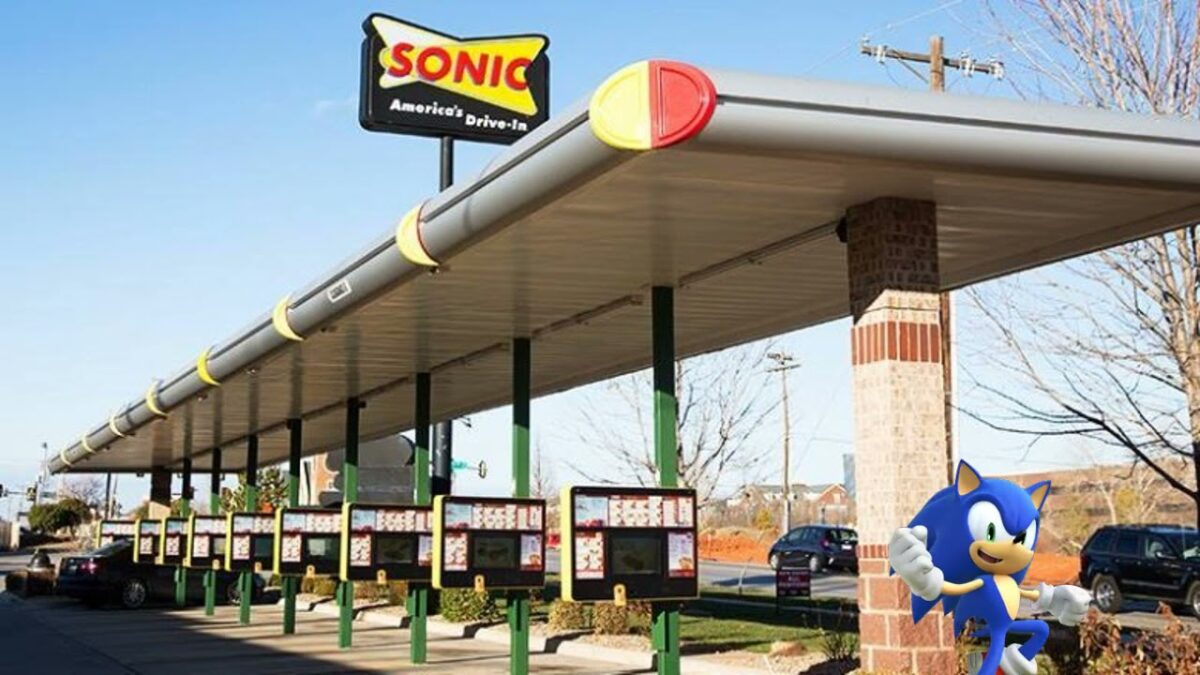The Impact of the Restaurant Digital Menu Boards
Introduction
The digital revolution has made its mark on the restaurant industry, bringing innovative solutions that enhance both operational efficiency and customer experience. One of the most notable advancements is the restaurant’s digital menu board. This powerful tool is transforming how eateries present their offerings and interact with their patrons. In this article, we will explore the benefits, implementation, and future trends of restaurant digital menu boards.
What is a Restaurant Digital Menu Board?
A restaurant digital menu board is an electronic display system that presents menu items, prices, and promotions on digital screens. These boards are typically placed in prominent locations within the restaurant, such as above the counter in fast-food establishments or at the entrance of fine dining venues. They can be updated in real-time and offer a dynamic, engaging way to showcase a restaurant’s offerings.
Benefits of a Restaurant’s Digital Menu Board
Enhanced Visual Appeal
Digital menu boards offer a visually engaging way to present menu items. High-definition images, vibrant colors, and dynamic content capture customers’ attention and can make dishes look more appealing. This visual appeal can entice customers to try new items and enhance their overall dining experience.
Real-Time Updates and Flexibility
One of the biggest advantages of digital menu boards is their flexibility. Changes to the menu, such as price adjustments, new items, or daily specials, can be made instantly without the need for reprinting. This ability to update content in real-time ensures that customers always see the most current information, reducing confusion and enhancing satisfaction.
Increased Sales and Upselling Opportunities
Digital menu boards can strategically highlight high-margin items, specials, and promotions, encouraging customers to make additional purchases. By showcasing appealing images and descriptions of these items, restaurants can effectively drive upselling and increase average order value.
Operational Efficiency
Implementing digital menu boards can streamline operations. Staff no longer need to manually update static menus, freeing up time for other tasks. Additionally, digital boards can integrate with point-of-sale (POS) systems to ensure consistency between what is displayed and what is available, reducing order errors and improving customer service.
Sustainability and Cost Savings
Digital menu boards eliminate the need for printed menus, reducing paper waste and printing costs. This shift not only supports sustainability efforts but also results in long-term cost savings for the restaurant. The ability to make quick updates without incurring additional costs further enhances these savings.
Data Collection and Customer Insights
Digital menu boards can be equipped with analytics tools to track customer interactions and preferences. This data provides valuable insights into which items are most popular, peak dining times, and customer behaviors. Restaurants can use this information to optimize their menu offerings and marketing strategies.
Implementing a Restaurant Digital Menu Board
Choosing the Right Technology
Selecting the right digital menu board system is crucial for successful implementation. Factors to consider include screen quality, software capabilities, and ease of integration with existing systems. It’s important to choose a solution that fits the specific needs of your restaurant, whether it’s a single screen or a network of displays.
Designing an Effective Menu Board
An effective digital menu board should be visually appealing and easy to read. High-quality images, clear text, and an organized layout are essential. Use contrasting colors to ensure readability and consider incorporating video or animation to capture attention. It’s also important to keep the design uncluttered, highlighting key items and promotions.
Content Management and Scheduling
Managing content on digital menu boards requires a robust content management system (CMS). This system should allow for easy updates, scheduling of promotions, and customization for different times of the day. Automating these updates ensures that the right content is displayed at the right time, enhancing the customer experience.
Training Staff and Managing Transition
Introducing digital menu boards necessitates thorough staff training. Employees should be familiar with the new system and able to assist customers with any questions. Training should cover basic troubleshooting and the benefits of the digital menu board to ensure staff can effectively communicate these to customers.
Promoting the New System
Promoting the implementation of digital menu boards is essential to ensuring customer acceptance. Use in-restaurant signage, social media, and email marketing to highlight the benefits, such as enhanced visuals and real-time updates. Demonstrating the new system’s features can also generate excitement and encourage customer engagement.
Challenges and Solutions
Initial Investment
The upfront cost of installing digital menu boards can be a barrier for some restaurants. This includes the purchase of hardware, software, and installation. However, the long-term benefits, including cost savings from reduced printing and increased sales, often justify the initial investment. Exploring financing options or phased implementation can help manage these costs.
Technical Issues
Reliance on technology introduces the risk of technical issues, such as screen malfunctions or software glitches. Ensuring reliable technical support and regular maintenance is crucial. Choosing a reputable provider with a robust service agreement can help mitigate these risks and ensure consistent performance.
Content Overload
Too much information on a digital menu board can overwhelm customers. It’s important to keep the content focused and relevant. Highlight key items and promotions, and avoid clutter by limiting the amount of text. Regularly updating and rotating content can keep the board fresh and engaging.
Customer Adaptation
While many customers appreciate digital advancements, some may be resistant to change. Providing clear instructions and maintaining a few traditional menus can ease the transition. Staff should be prepared to assist customers in navigating the new system, ensuring a smooth and positive experience.
Future Trends in Restaurant Digital Menu Boards
Integration with Mobile Technology
As mobile technology continues to evolve, integrating digital menu boards with mobile apps is becoming more common. This allows customers to interact with the menu board through their smartphones, enhancing convenience and personalizing the dining experience. Features like mobile ordering and payment integration can further streamline the process.
Interactive Touchscreens
Interactive touchscreen menu boards are an emerging trend, offering a more engaging and personalized experience. Customers can browse through the menu, view detailed descriptions, and even place orders directly from the screen. This interactivity can enhance customer satisfaction and streamline the ordering process.
Augmented Reality (AR) Integration
Augmented Reality (AR) is poised to revolutionize digital menu boards. AR can provide immersive experiences, such as 3D representations of dishes or interactive ingredient information. This technology can make the dining experience more engaging and informative, appealing to tech-savvy customers.
AI and Data-Driven Personalization
Artificial Intelligence (AI) can be integrated with digital menu boards to offer personalized recommendations based on customer data. This can enhance the dining experience by suggesting items that match individual preferences and dietary needs. AI-driven analytics can also optimize menu design and pricing strategies.
Conclusion
The restaurant digital menu board is more than a technological novelty; it is a transformative tool that enhances the dining experience, boosts operational efficiency, and drives customer engagement. As the restaurant industry continues to evolve, embracing digital menu boards can provide a competitive edge and meet the changing expectations of modern diners. By understanding the benefits, addressing the challenges, and staying abreast of future trends, restaurateurs can successfully navigate this digital revolution and elevate their establishments to new heights.









